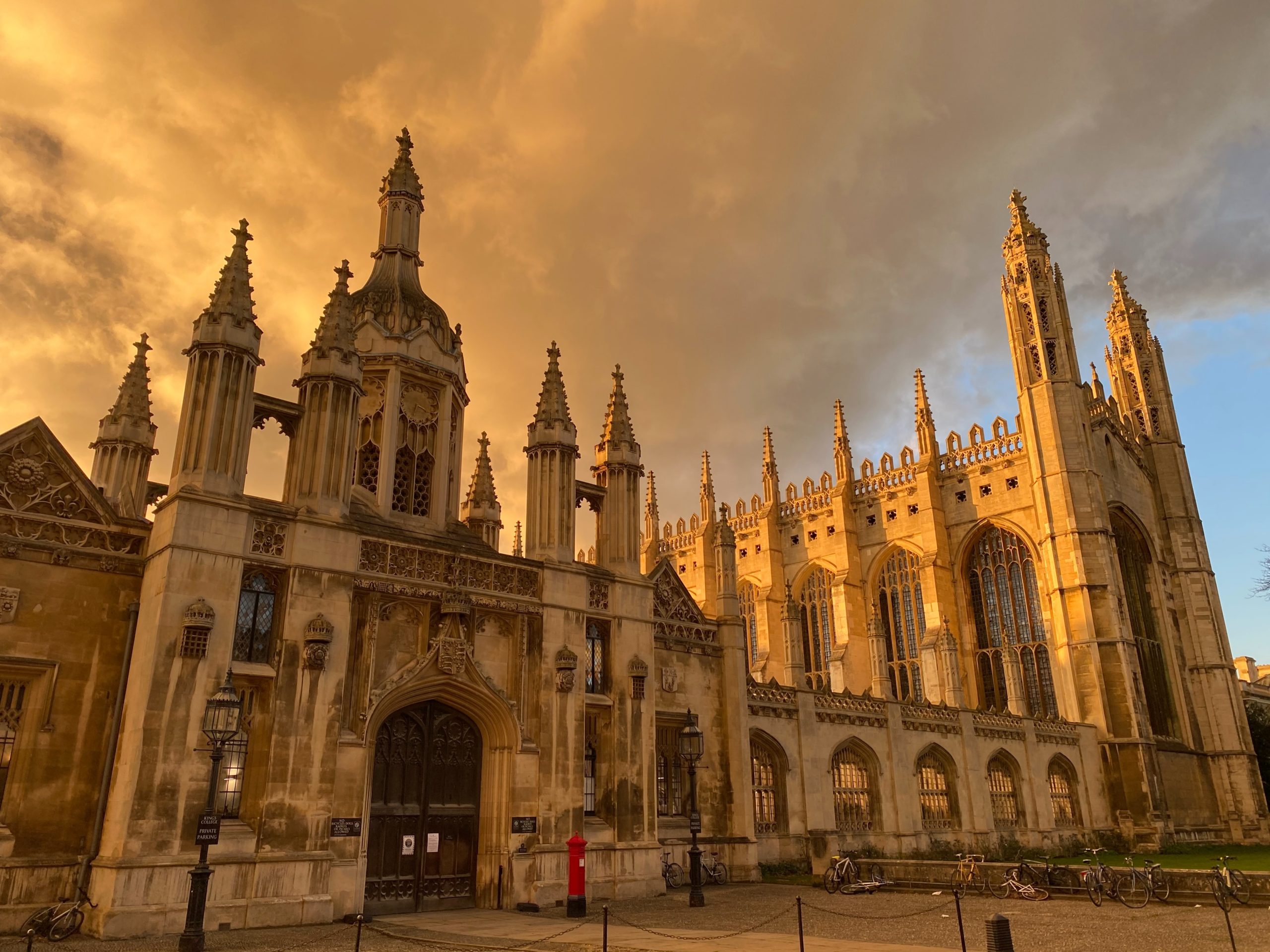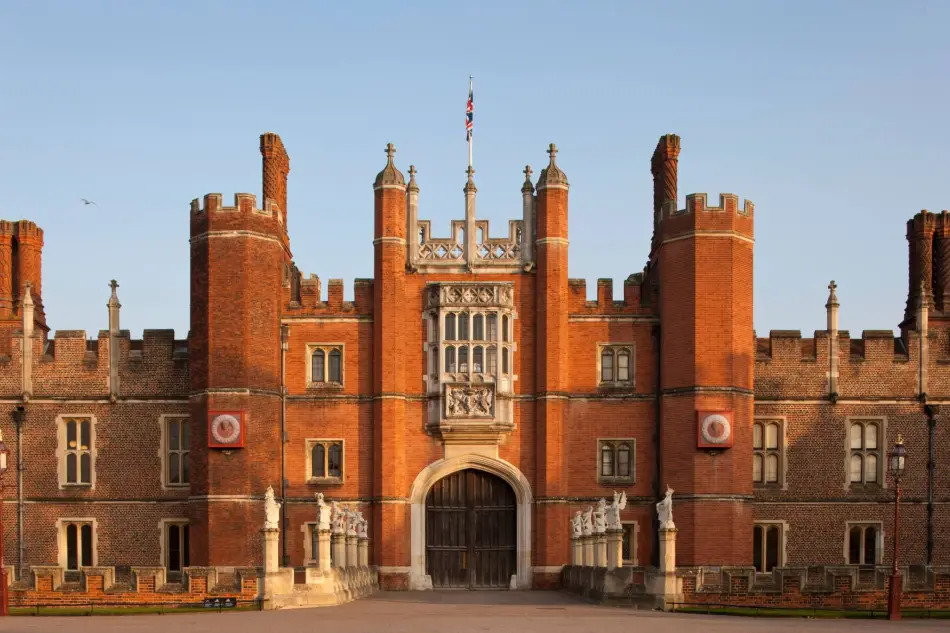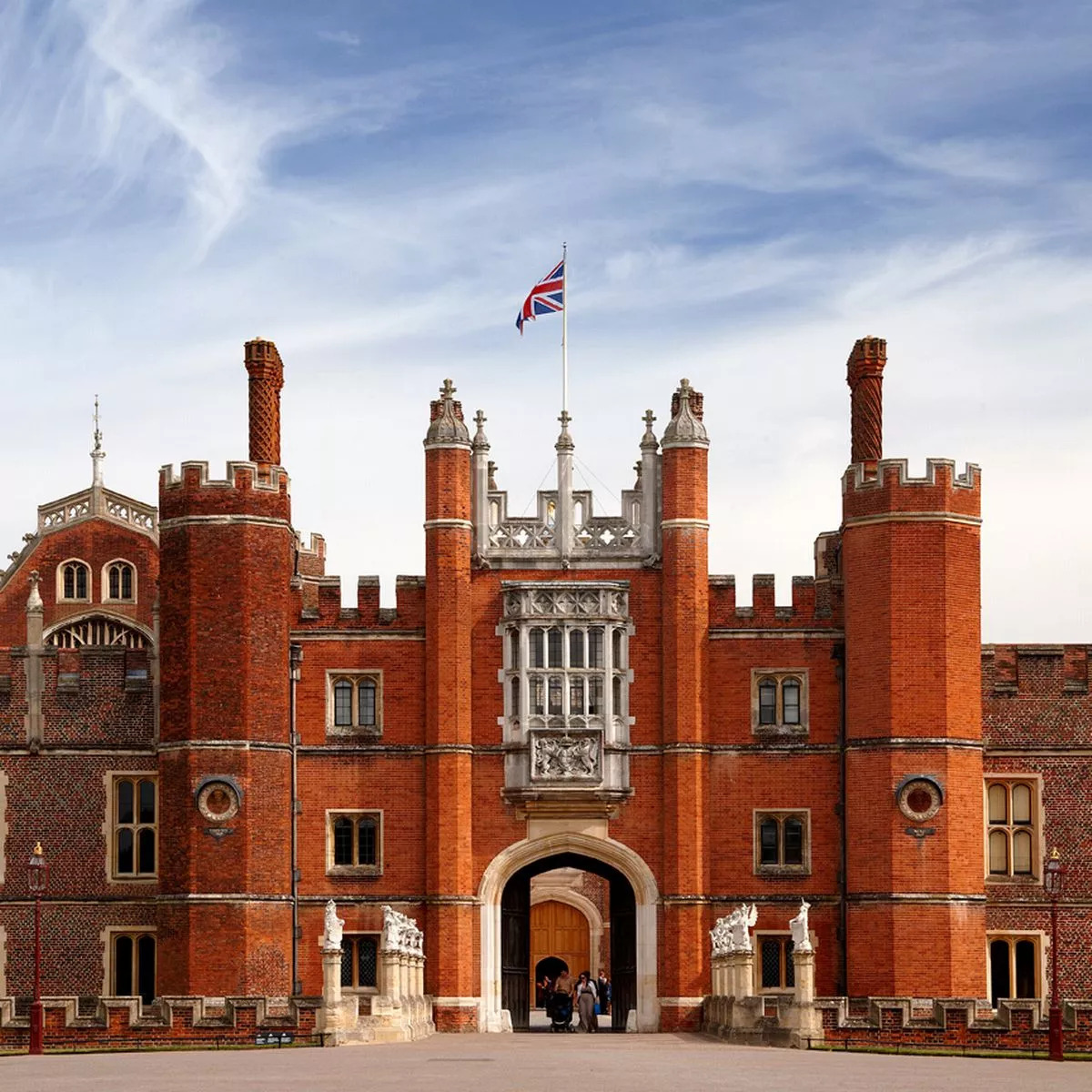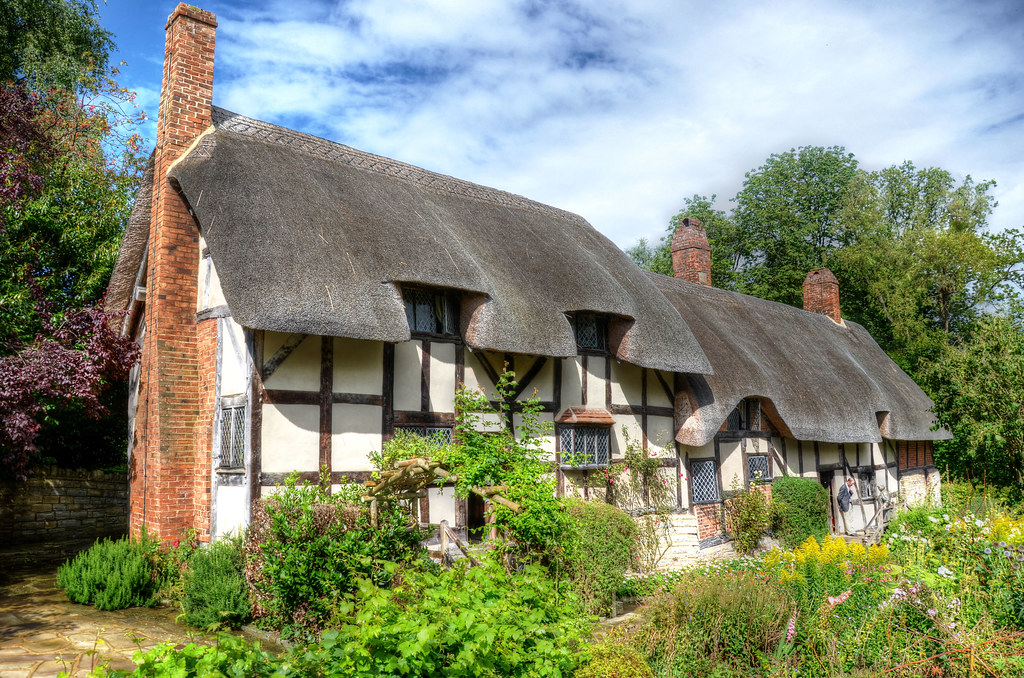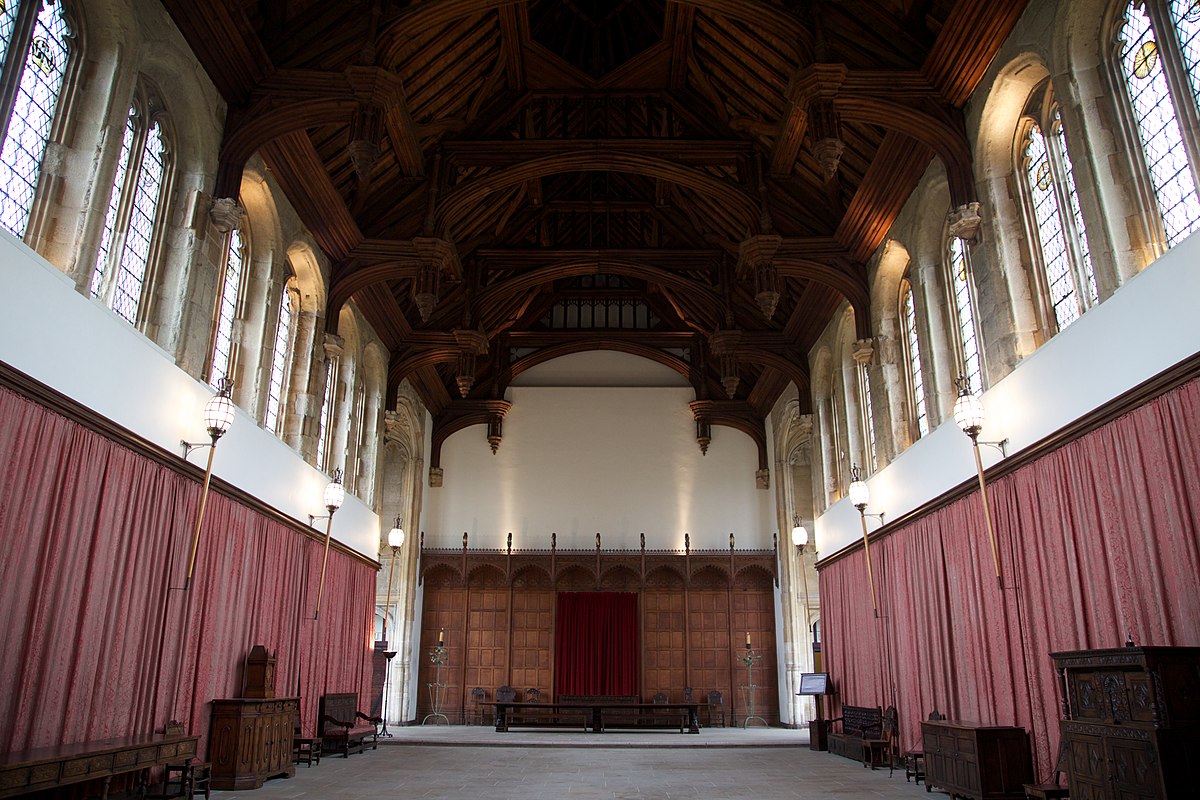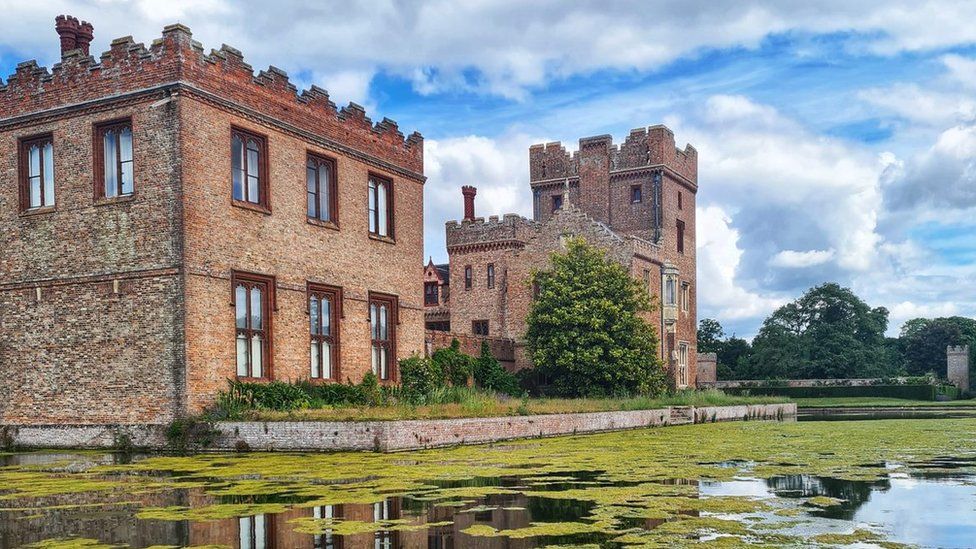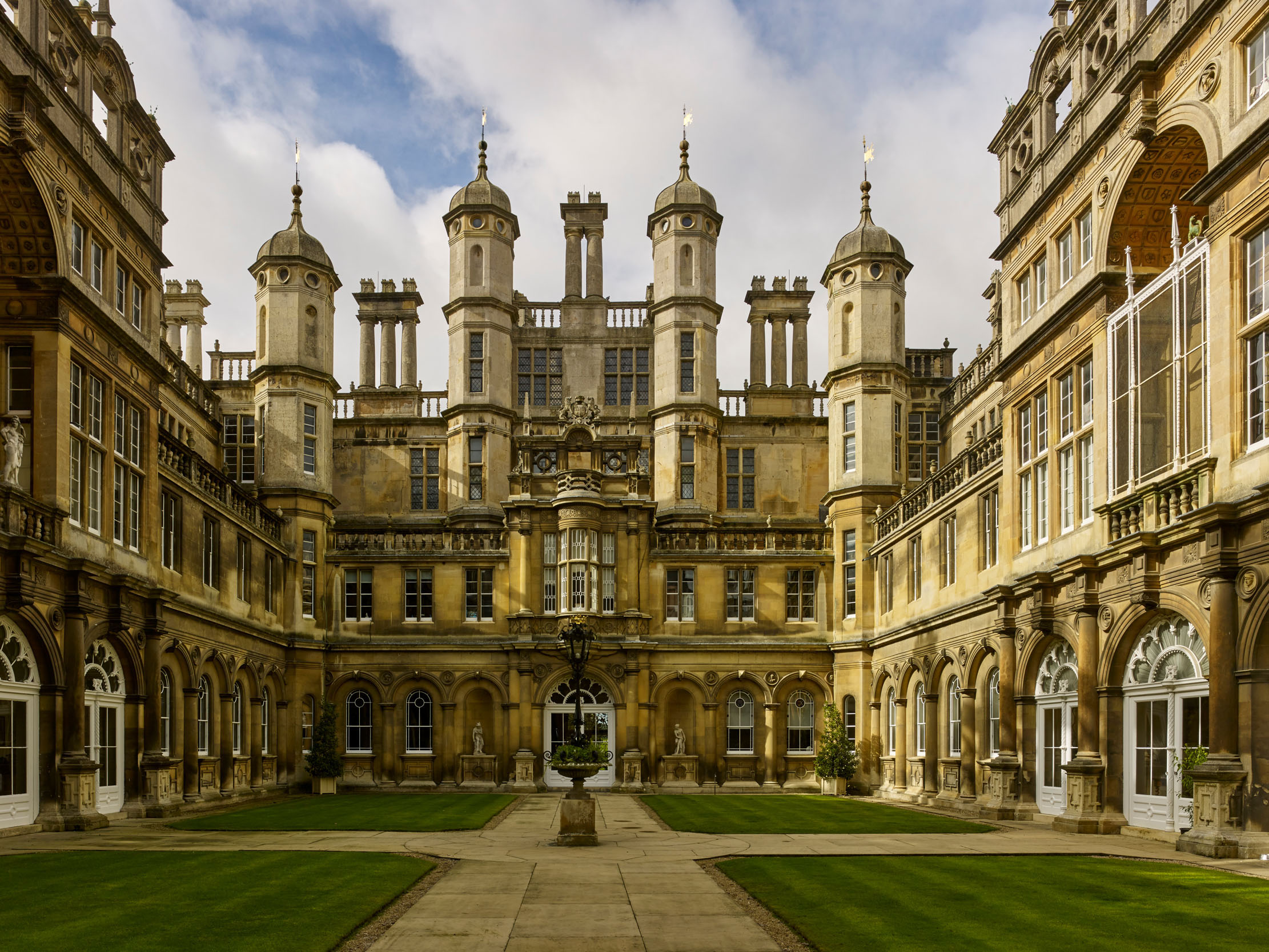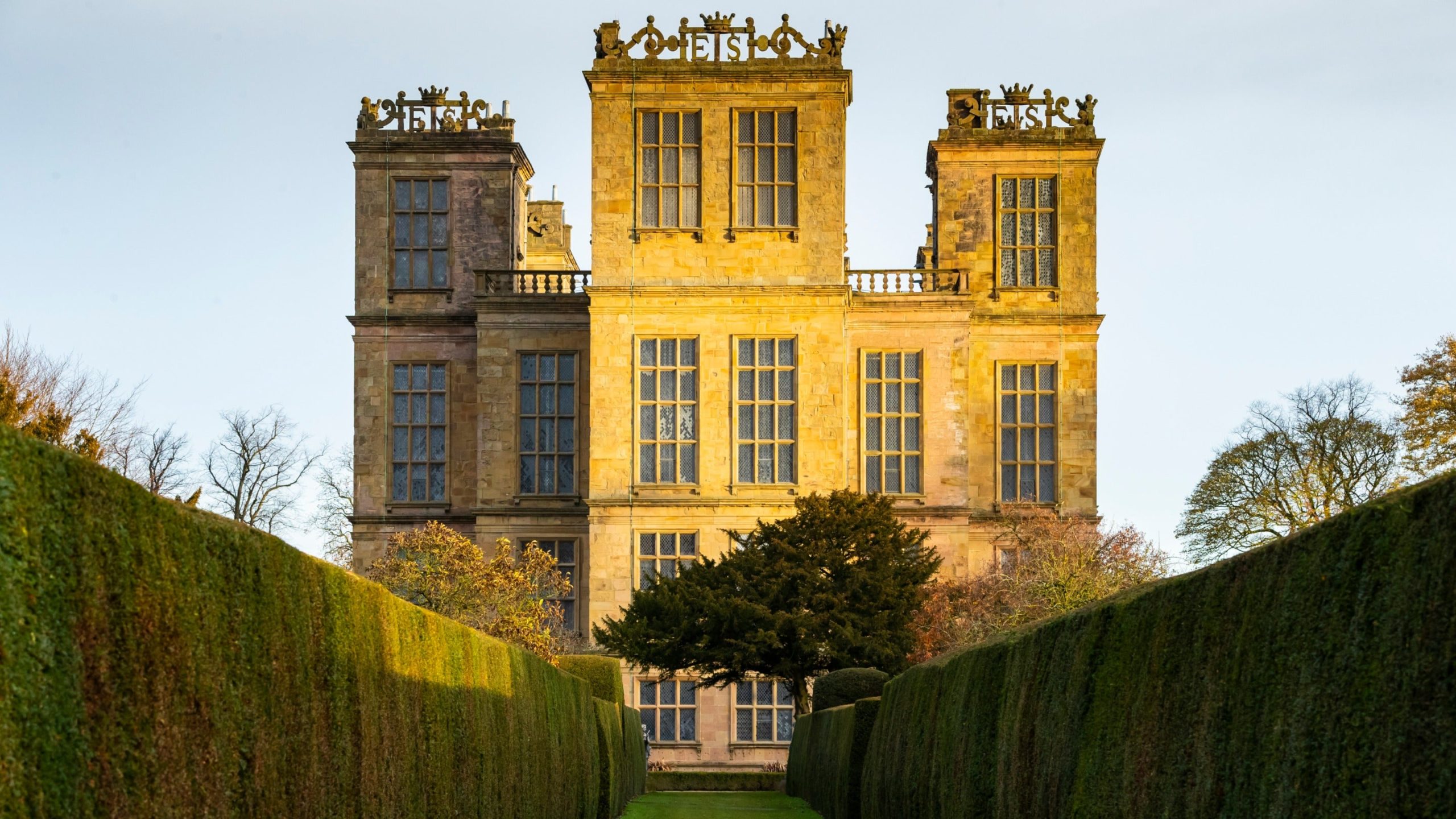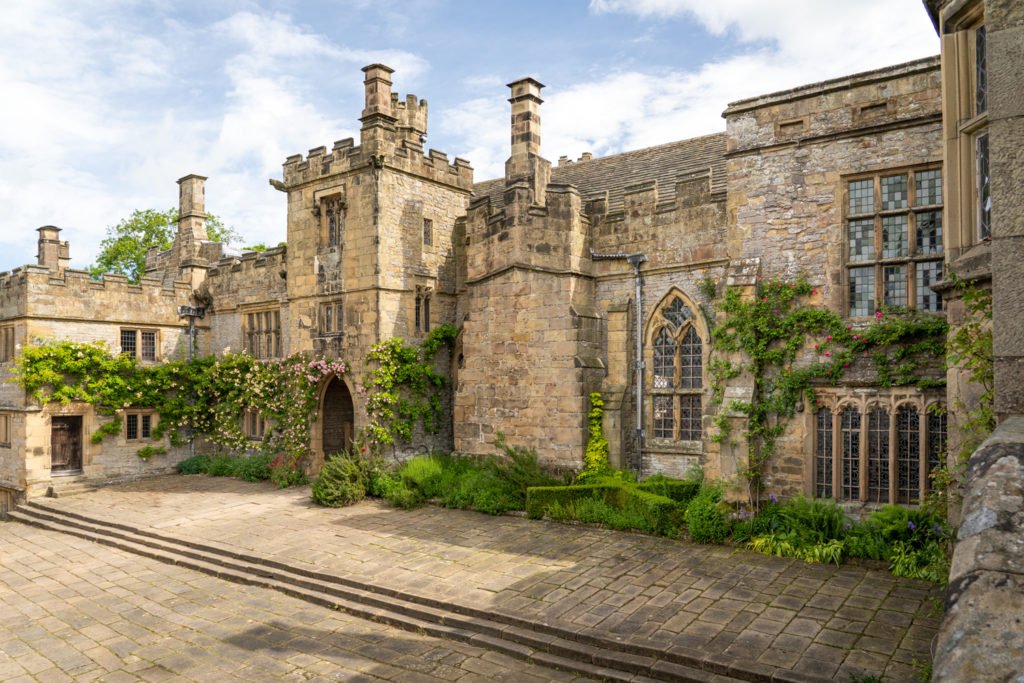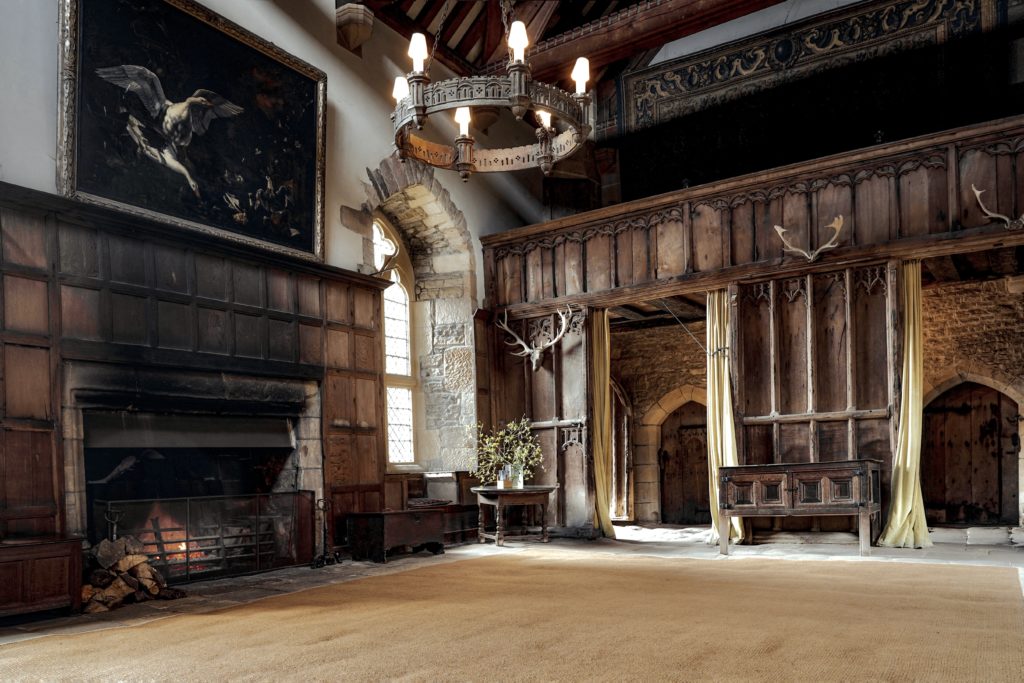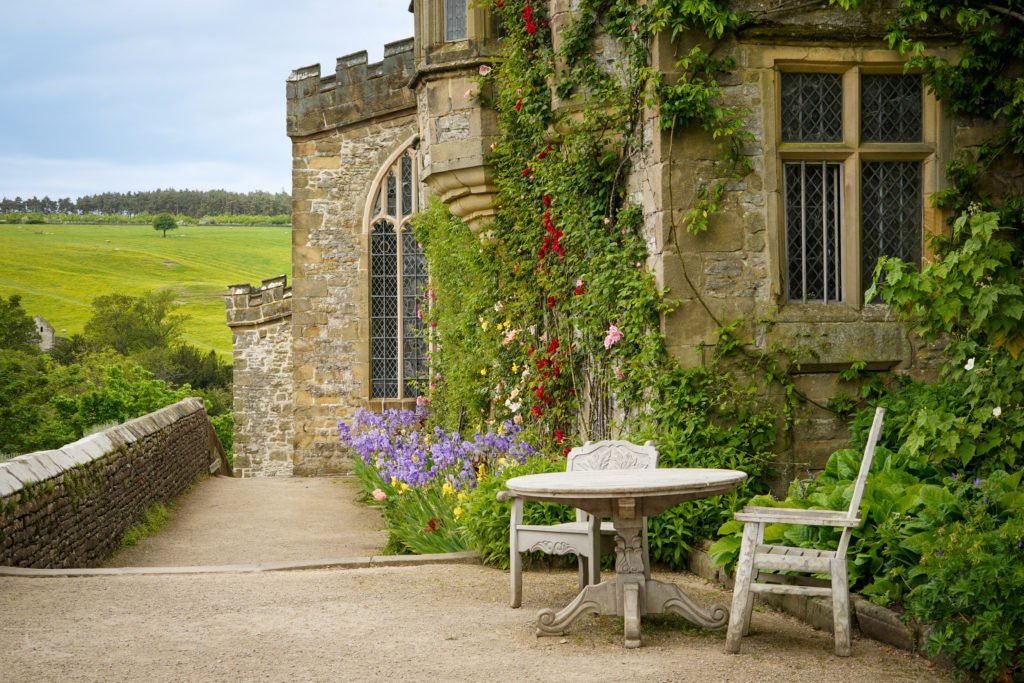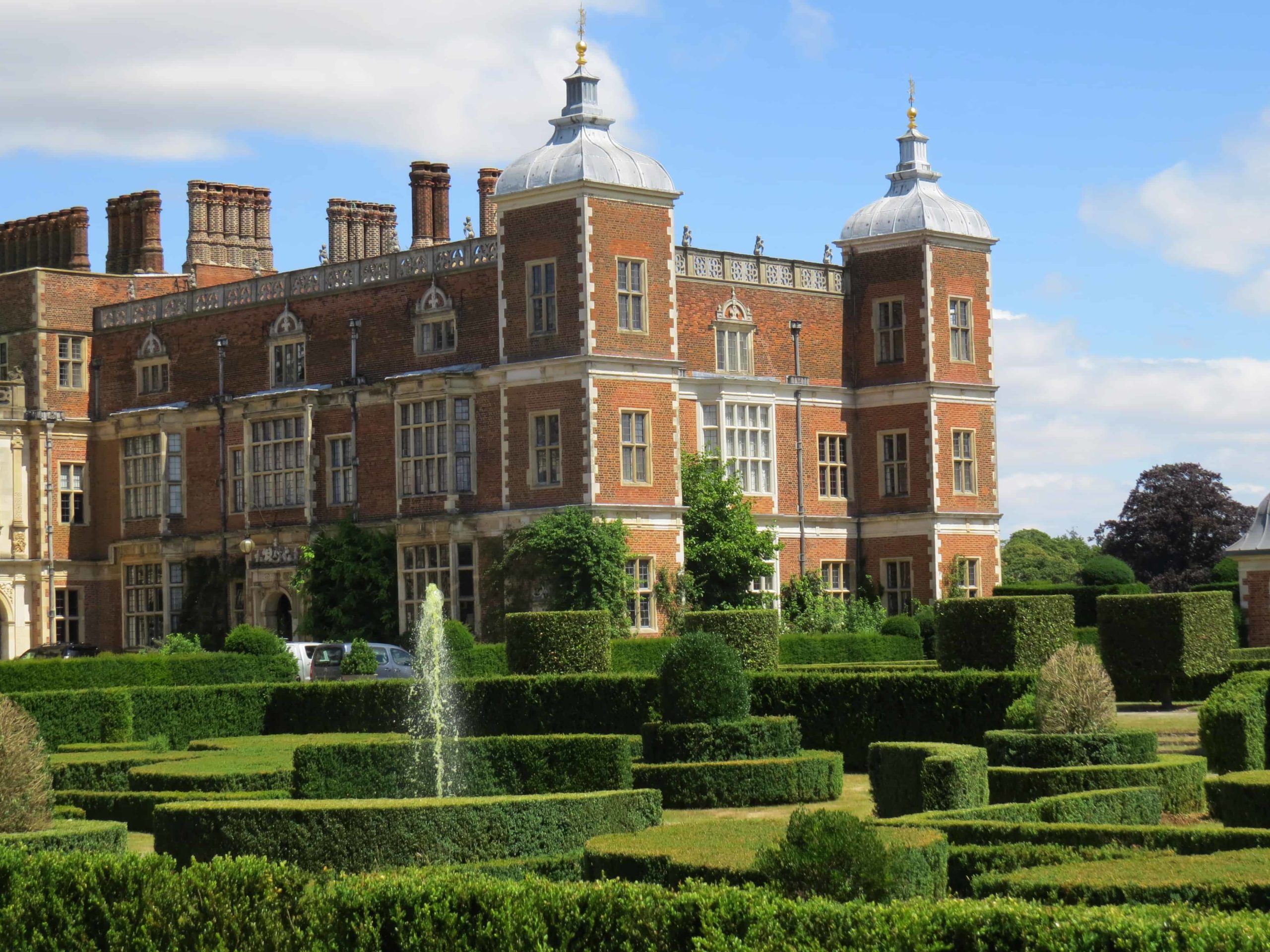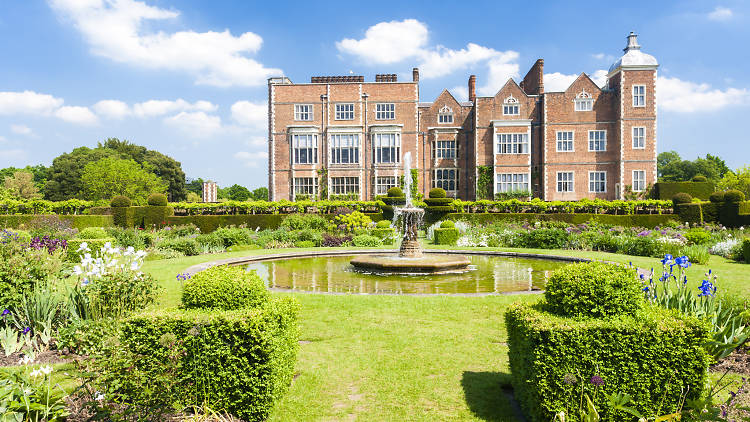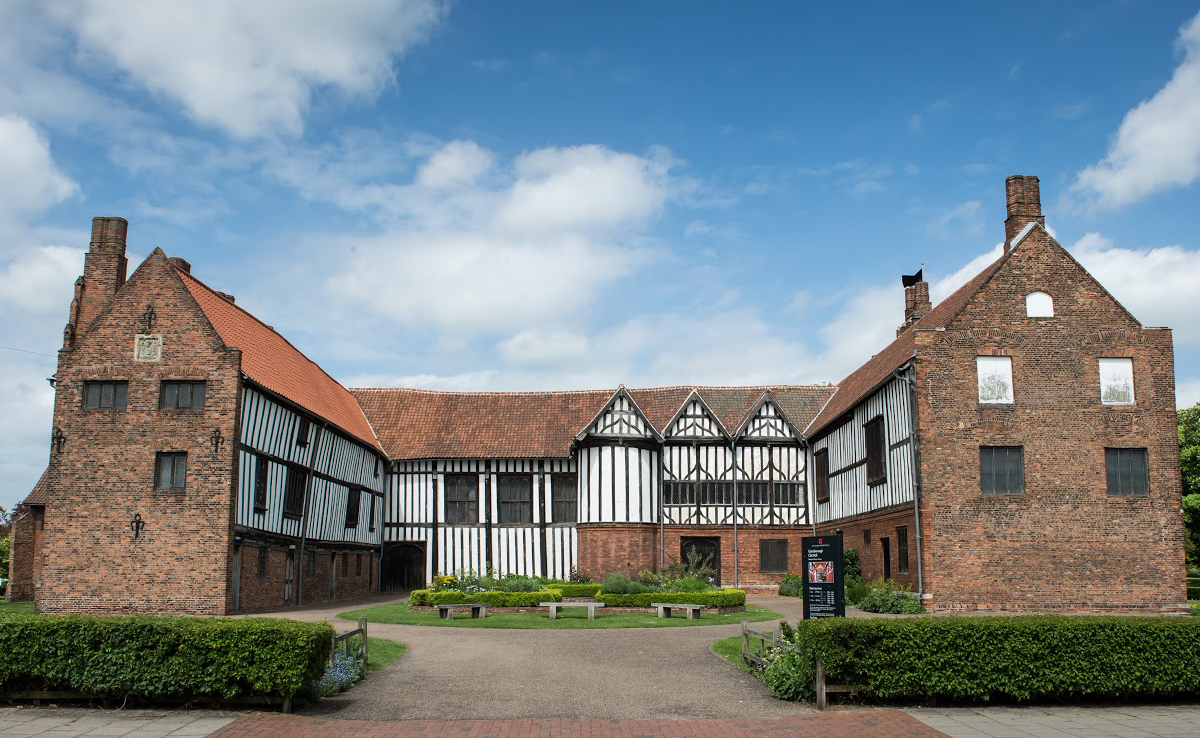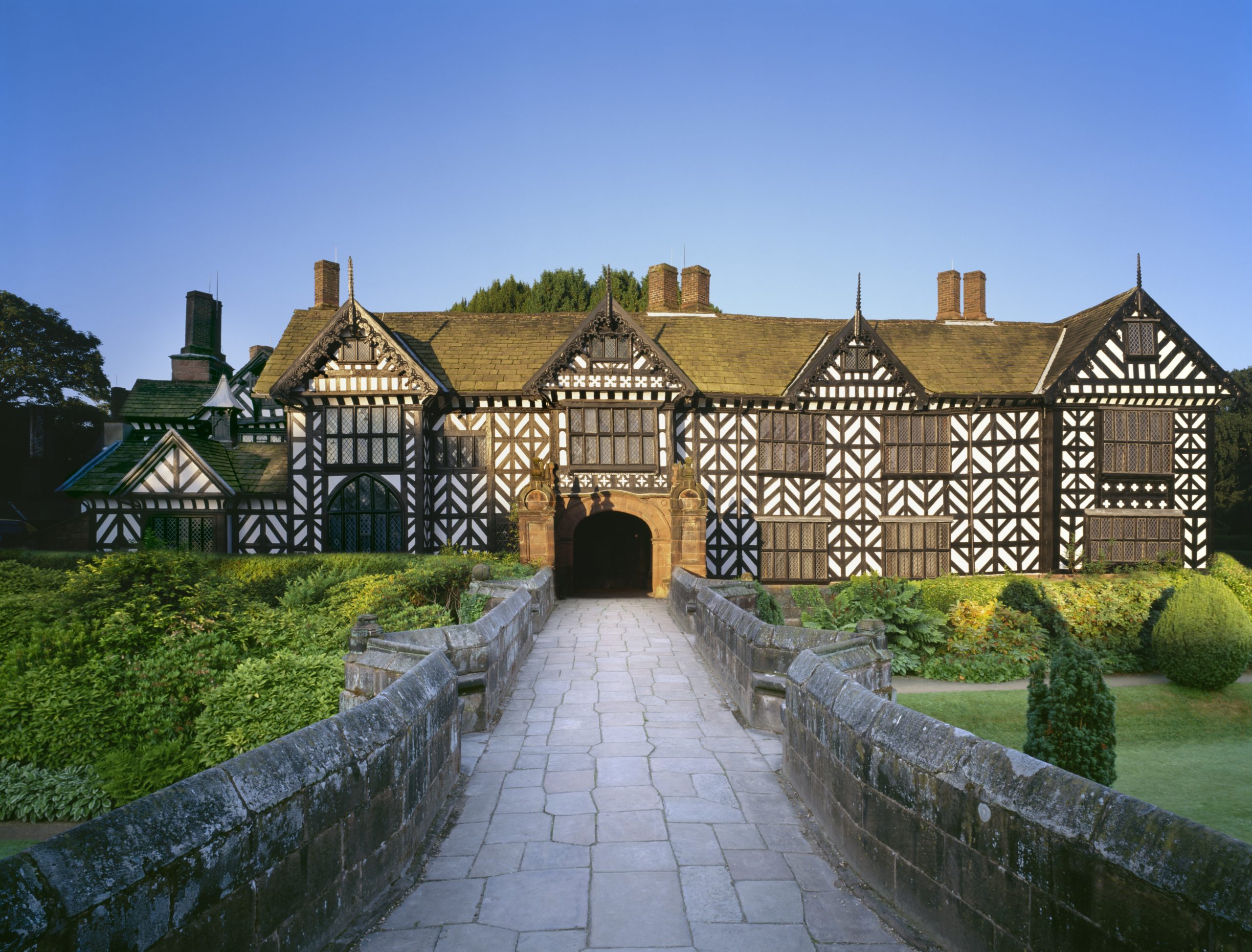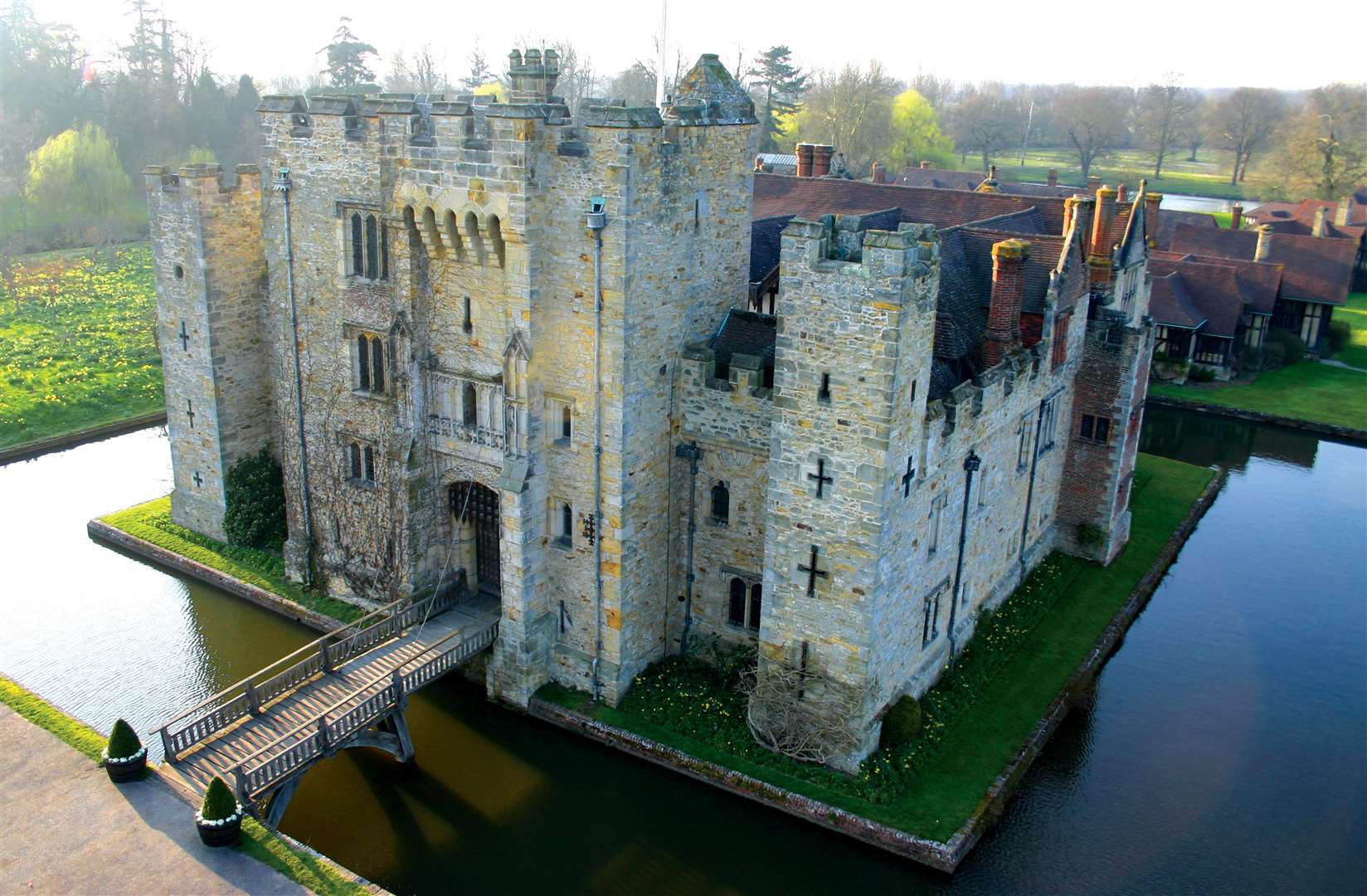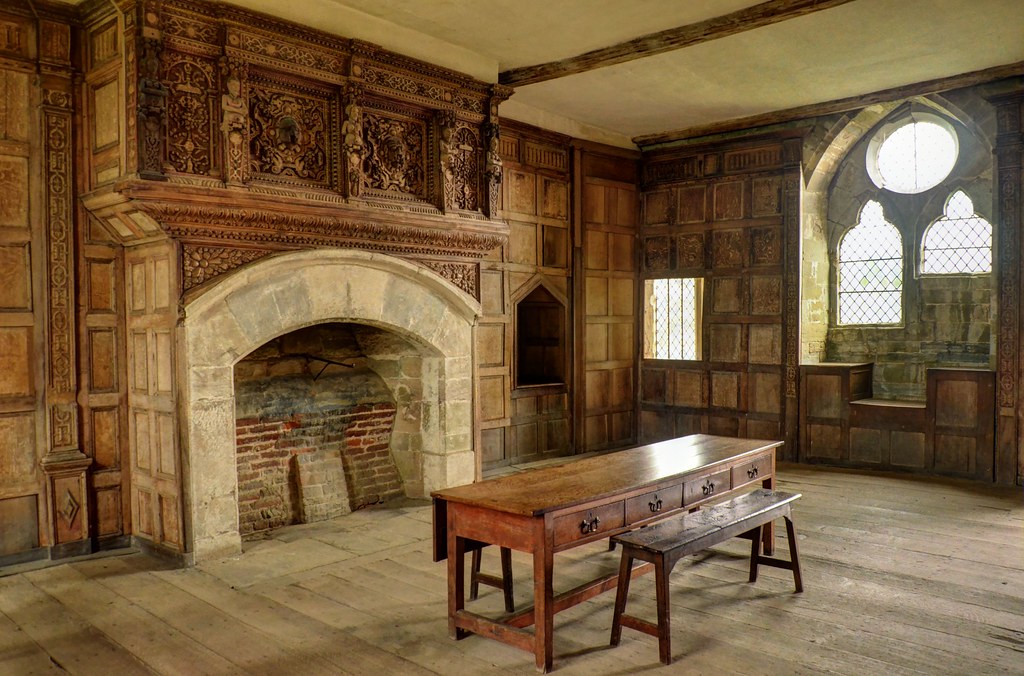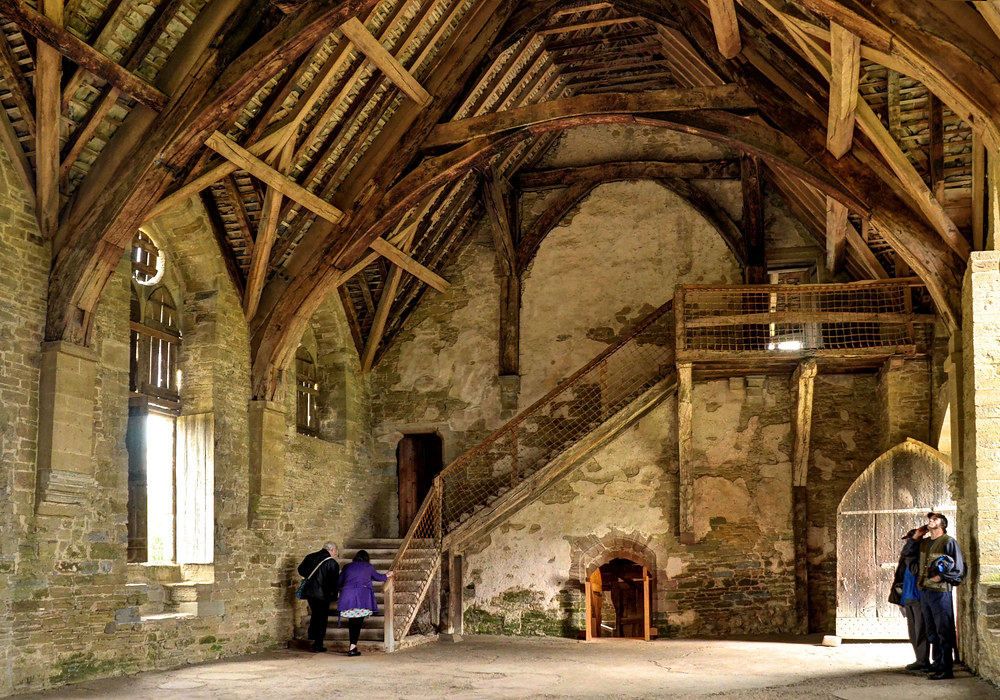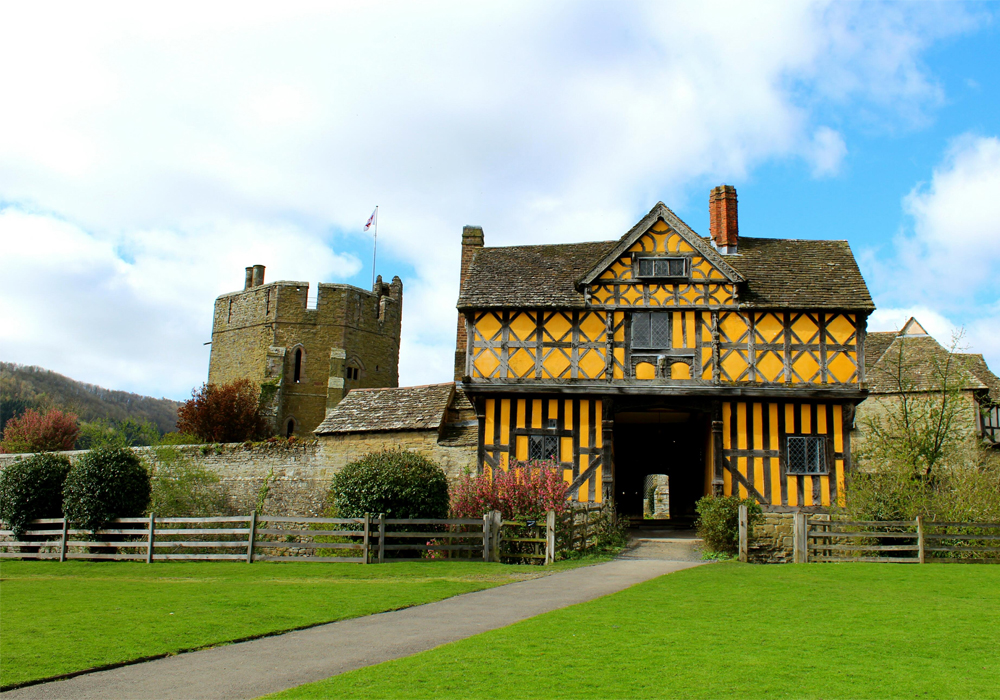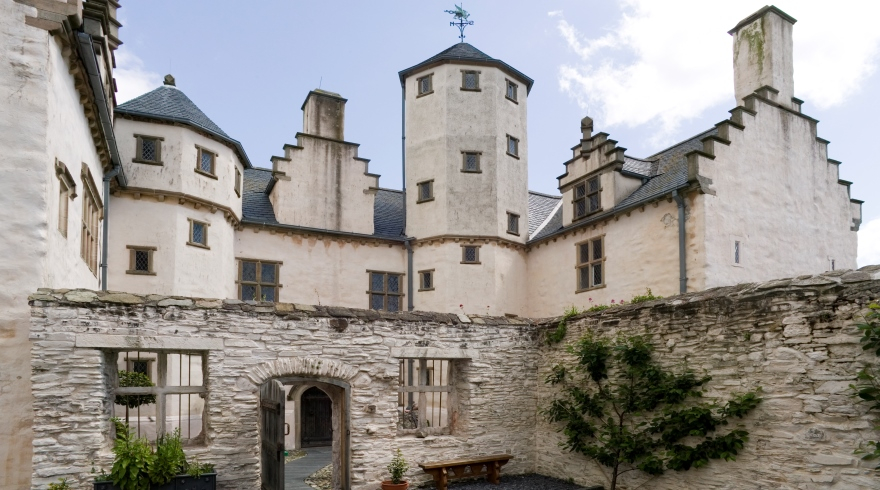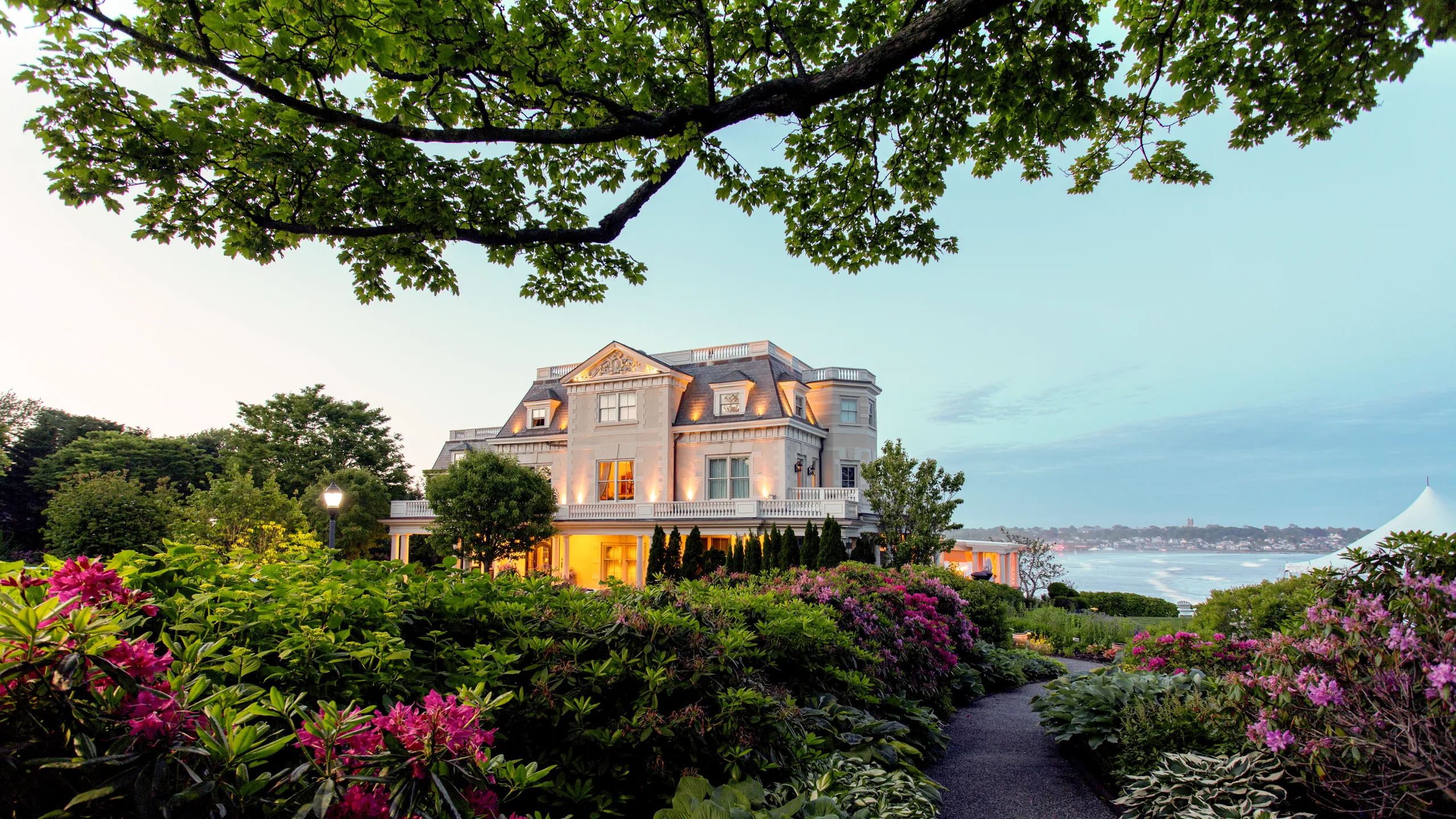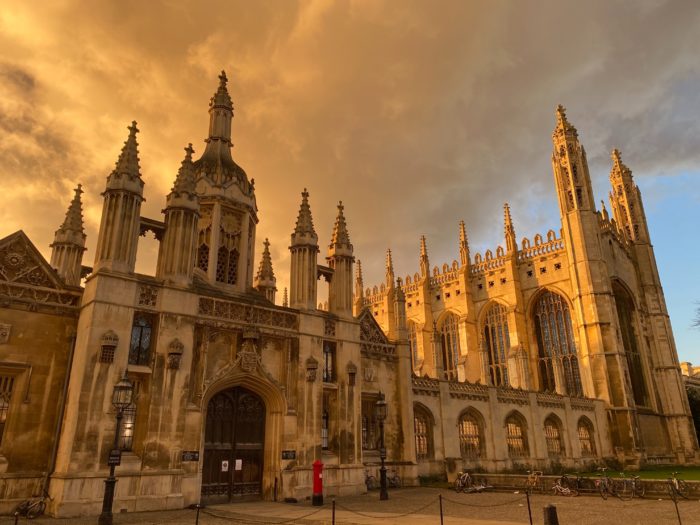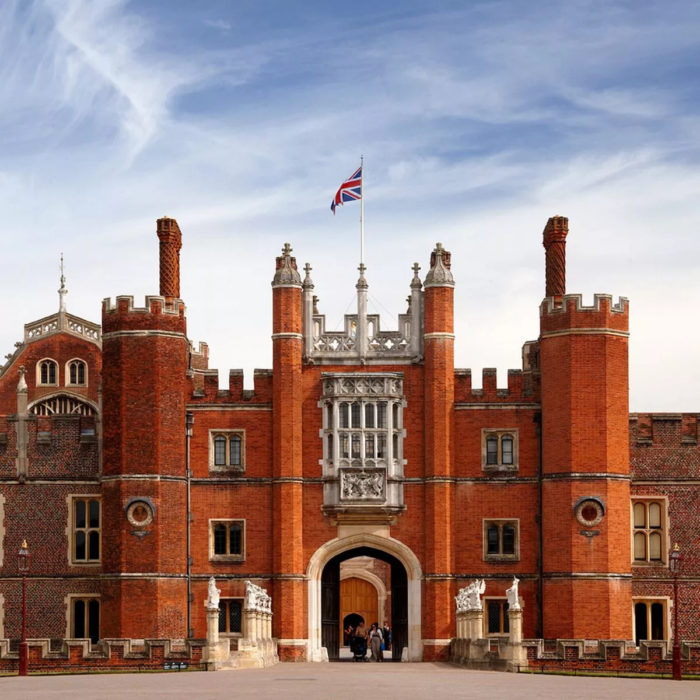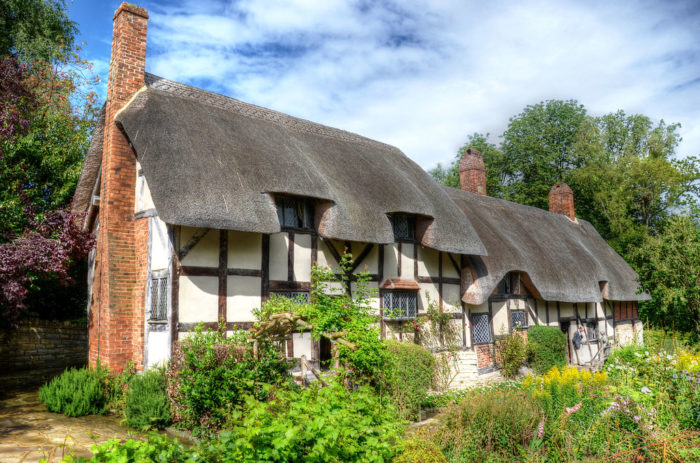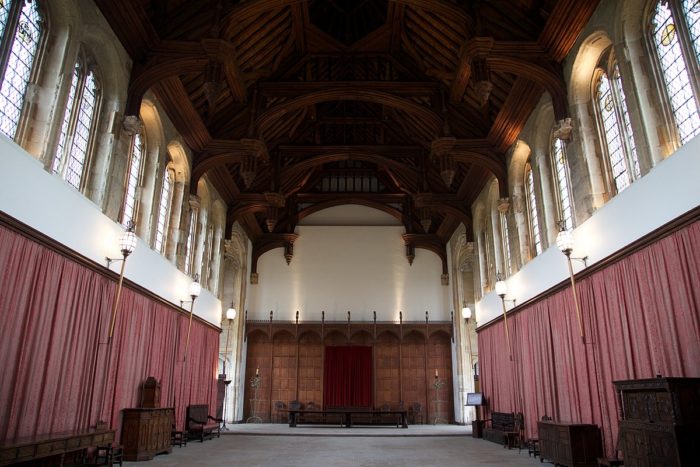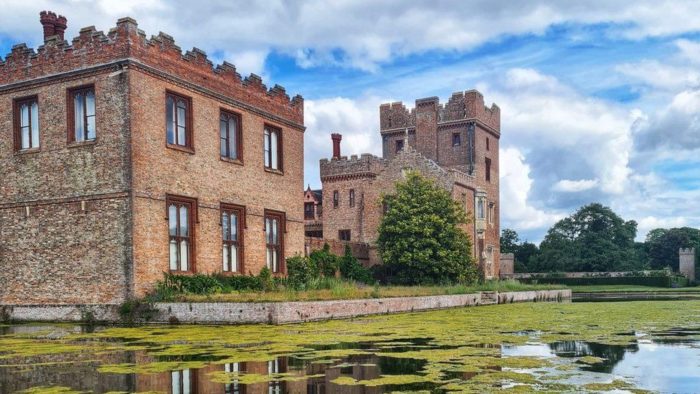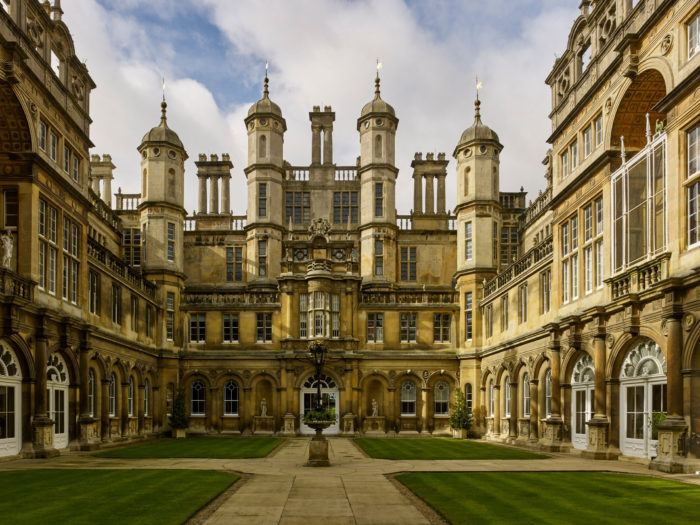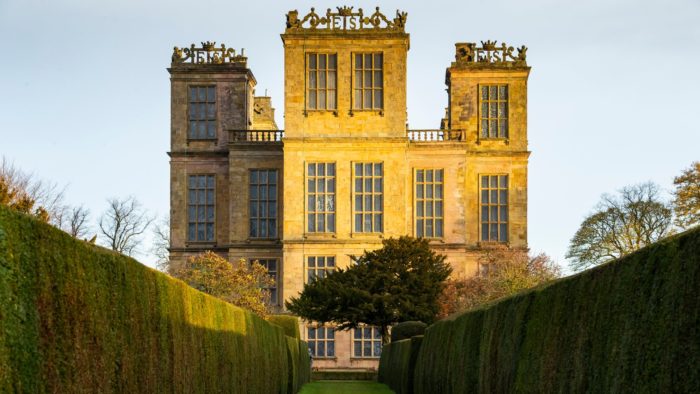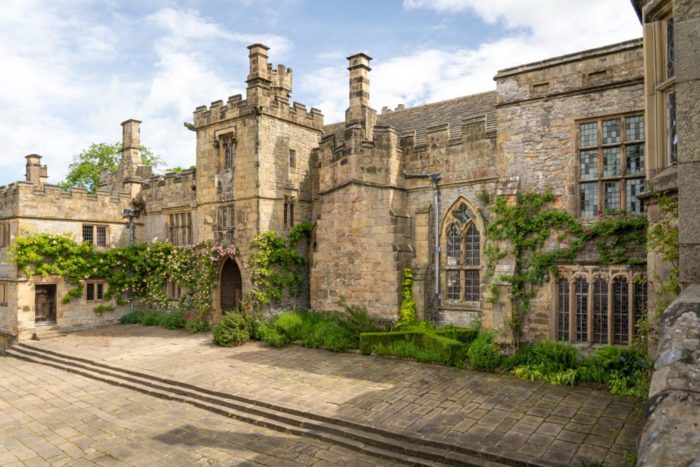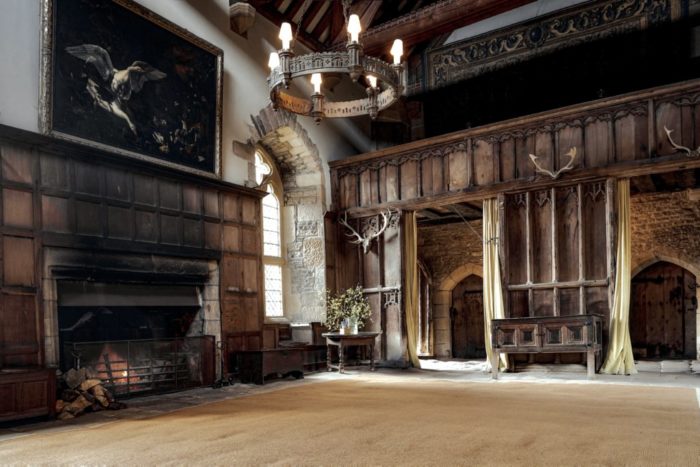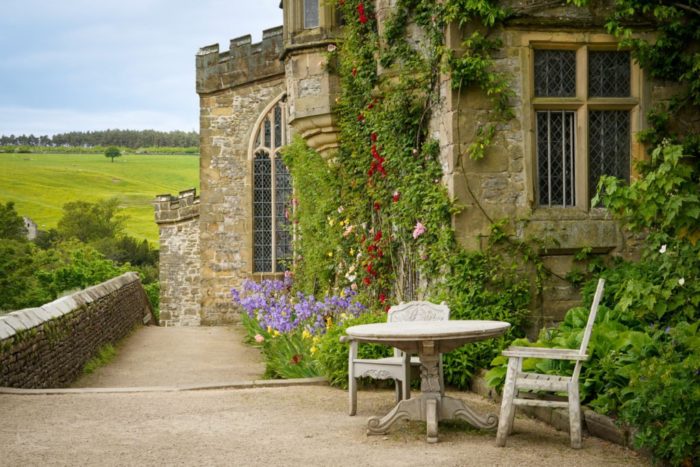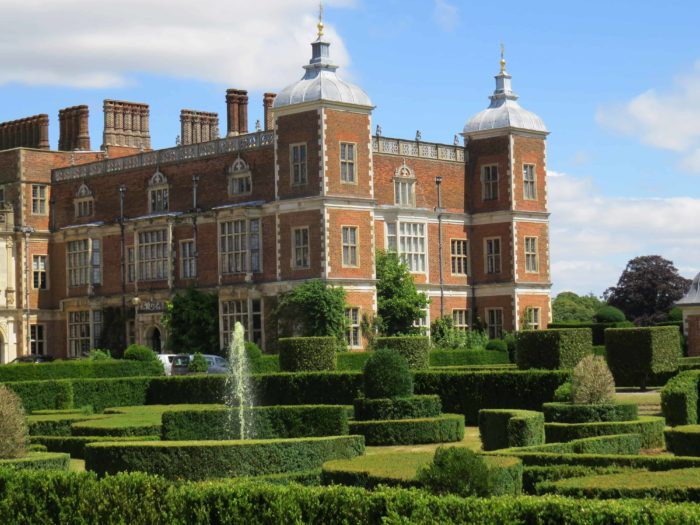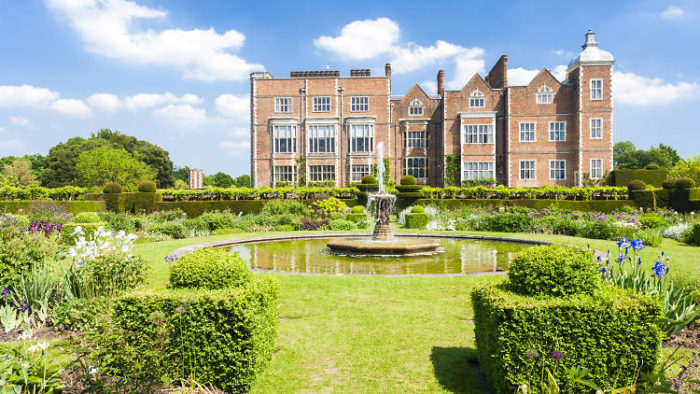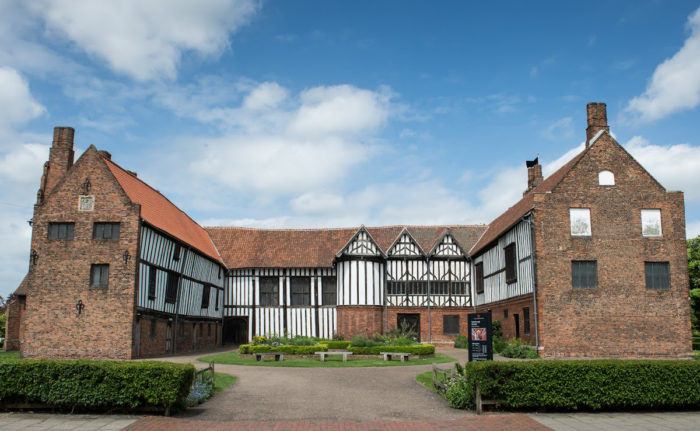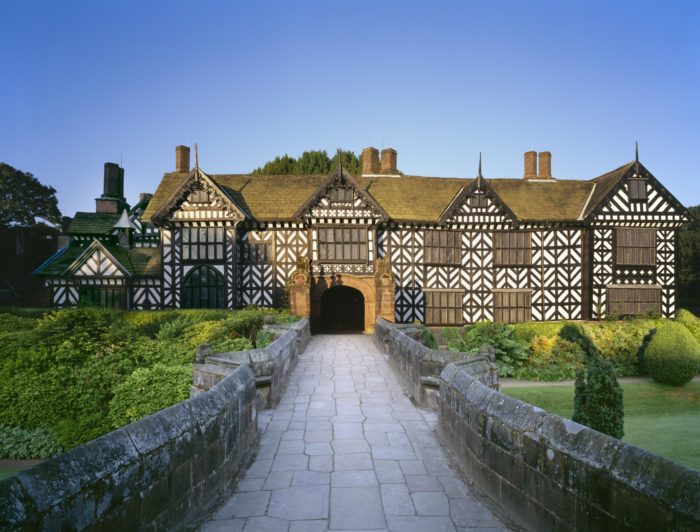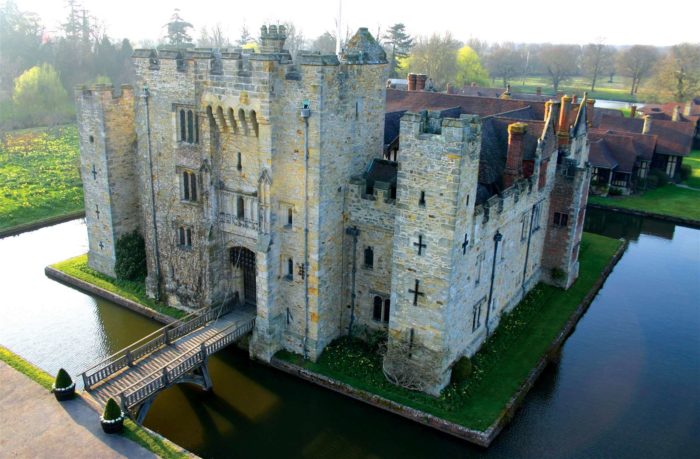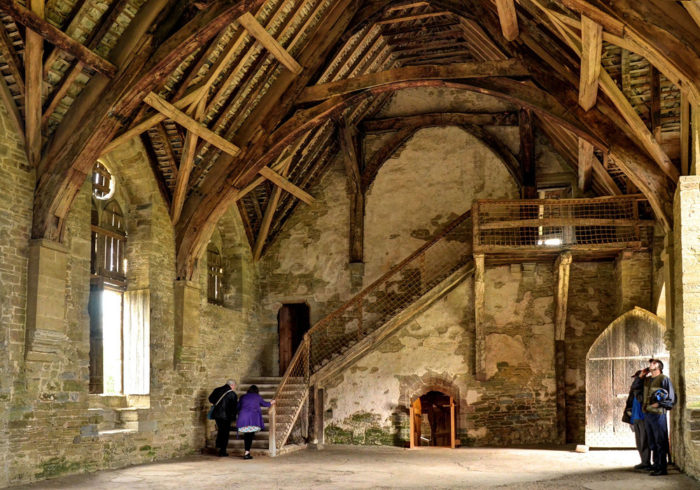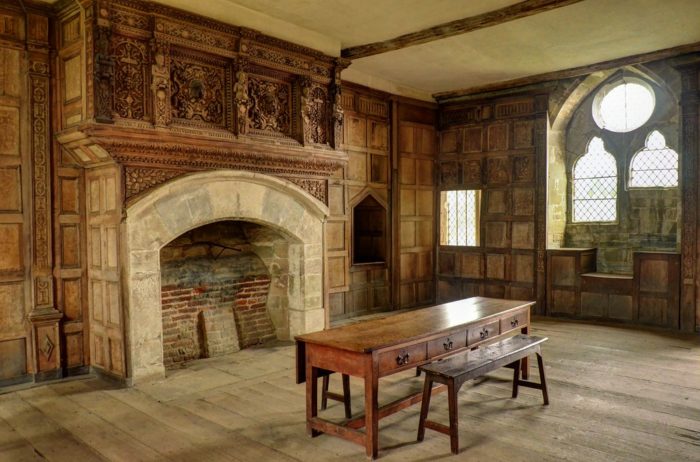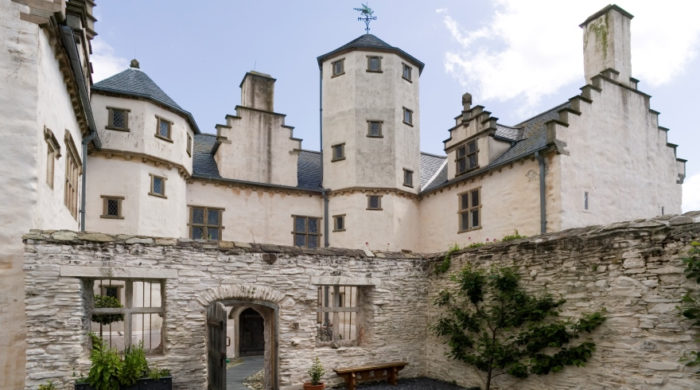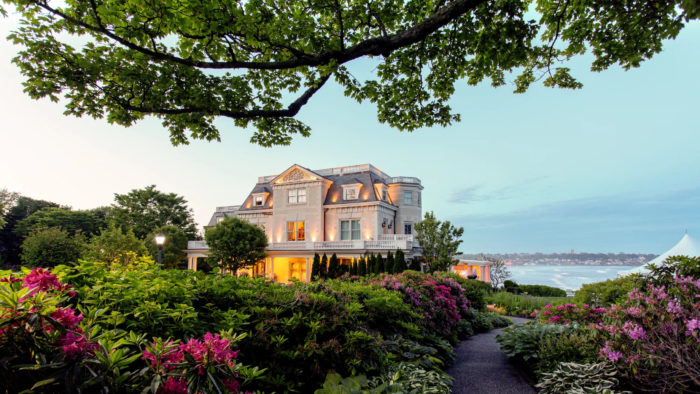Few can rival the enduring allure of Tudor architecture when it comes to architectural styles that have left an indelible mark on history. This distinctive style, characterized by its half-timbered façades, steeply pitched roofs, and ornate detailing, has captivated the imagination of people for centuries. In this article, we will delve into the fascinating world of Tudor architecture, exploring its origins, key features, and notable examples that showcase the beauty of this timeless architectural style.
The Origins of Tudor Architecture: A Glimpse into History
Tudor architecture emerged during the Tudor dynasty in England, which spanned from the late 15th century to the early 17th century. The reigns of notable monarchs such as Henry VII, Henry VIII, and Elizabeth I marked this period. The architectural style that bears their name reflects the social and political changes of the era.
Key Features of Tudor Architecture
Tudor architecture is renowned for its distinctive features, which give buildings a unique and instantly recognizable character. Here are some of the key elements that define Tudor architectural style:
-
Half-Timbered Façades
One of the most prominent features of Tudor architecture is the use of half-timbering. This construction technique involves exposing the wooden framework of a building’s structure on its exterior. The exposed timber is often intricately patterned, creating a visually striking effect. Tudor buildings frequently combine dark wooden beams with white plaster or brick infill.
Example: The Hampton Court Palace in London is a quintessential example of Tudor architecture, with its stunning half-timbered façade.
-
Steeply Pitched Roofs
Tudor buildings typically feature steeply pitched roofs, often with multiple gables and dormer windows. These roofs add to the structure’s aesthetic appeal and effectively serve a practical purpose by shedding rain and snow.
Example: The Anne Hathaway’s Cottage in Stratford-upon-Avon, the childhood home of William Shakespeare’s wife, boasts an iconic thatched roof characteristic of Tudor architecture.
-
Ornate Chimneys
Chimneys in Tudor architecture are often elaborately designed, featuring intricate brickwork and decorative elements. These functional chimneys serve as a focal point of the building’s exterior.
Example: The Great Hall at Eltham Palace in London showcases a stunning array of Tudor-style chimneys, each a work of art in its own right.
-
Leaded Glass Windows
Tudor buildings frequently incorporate leaded glass windows with diamond or lattice patterns. These windows not only contribute to the architectural charm but also allow for the play of light and shadow within the interior spaces.
Example: The Oxburgh Hall in Norfolk is celebrated for its exquisite leaded glass windows, which add to the building’s Tudor splendor.
Variations in Tudor Architecture
Tudor architecture evolved, and various substyles emerged, each with unique characteristics. Here are some notable variations within the Tudor architectural style:
1) Elizabethan Tudor
The Elizabethan period transitioned from the earlier Tudor style to the more intricate and decorative Elizabethan Tudor. Buildings from this era often feature highly ornate detailing, including strapwork, heraldic motifs, and classical elements. One remarkable example is the Burghley House in Lincolnshire, a magnificent example of Elizabethan Tudor architecture known for its grandeur and elaborate stonework.
2) Jacobean Tudor
The Jacobean period, which followed the Elizabethan era, further changed Tudor architecture. Jacobean buildings are characterized by a move towards more classical influences, using columns, pilasters, and symmetrical façades. The Hardwick Hallin Derbyshire showcases Jacobean Tudor architecture, featuring a stunning use of stone-mullioned windows and a balanced design.
Notable Tudor Architecture Buildings
To truly appreciate the beauty of Tudor architecture, one must explore some of the remarkable buildings that have stood the test of time. Here are a few notable examples:
1) Haddon Hall (Derbyshire, England)
Haddon Hall, located in Derbyshire, is a remarkably well-preserved medieval and Tudor manor house. It is often described as one of the most romantic houses in England, with its charming courtyards, picturesque gardens, and exquisite interiors. The architecture of Haddon Hall showcases a stunning blend of medieval and Tudor design elements.
2) Hatfield House (Hertfordshire, England)
Hatfield House, in Hertfordshire, is another outstanding example of Tudor architecture. Built-in the early 17th century, it features a grand Jacobean-style exterior with stunning brickwork and symmetrical design. The house and its gardens are open to the public, providing a glimpse into the luxury of the Jacobean era.
3) Gainsborough Old Hall (Lincolnshire, England)
Gainsborough Old Hall, located in Lincolnshire, is one of England’s best-preserved medieval manor houses. While it predates the Tudor period, it underwent significant renovations in the 16th century, incorporating Tudor architectural elements. Its medieval great hall and timbered structure make it a captivating historical site.
4) Speke Hall (Merseyside, England)
Speke Hall, located in Merseyside, showcases a unique blend of Tudor and medieval architecture. Beautifully maintained gardens complement its half-timbered black-and-white exterior. Speke Hall is known for its enchanting “wattle and daub” construction, a technique popular during the Tudor era.
5) Hever Castle (Kent, England)
Hever Castle, situated in Kent, is famous for its connection to Anne Boleyn, the second wife of King Henry VIII. The castle features a Tudor-style exterior with a picturesque moat and stunning gardens. Visitors can explore the historic rooms and learn about Anne Boleyn’s intriguing life.
6) Stokesay Castle (Shropshire, England)
Stokesay Castle, located in Shropshire, is a prime example of a medieval manor house with Tudor-style additions. Its timbered gatehouse and charming courtyard transport visitors back in time. The castle’s interior features exquisite medieval and Tudor detailing.
7) Plas Mawr (Conwy, Wales)
Plas Mawr, a historic house in Conwy, Wales, showcases Tudor architecture at its finest. Built between 1576 and 1585, it features an elaborately decorated exterior with ornate plasterwork, including the famous “Court of the Virtues.” Plas Mawr offers a vivid glimpse into Tudor life in Wales.
Tudor Architecture Today
While Tudor architecture reached its zenith centuries ago, its influence still resonates in contemporary building designs. Architects and homeowners alike continue to draw inspiration from the timeless charm of Tudor-style buildings. Modern interpretations of Tudor elements can be found in residential homes, hotels, and commercial structures.
Many upscale neighborhoods in the United States boast Tudor Revival homes, such as those in the historic suburbs of Chicago, where you can find charming residences with Tudor architectural elements. Hotels and resorts worldwide have also embraced the Tudor aesthetic to create a sense of luxury and history. An astounding example could be The Chanler at Cliff Walk in Newport, Rhode Island, which combines Tudor-inspired architecture with breathtaking ocean views, offering a romantic and historical getaway.
Final Thoughts
With its timeless charm and distinctive features, Tudor architecture continues to capture the imagination of architects, historians, and admirers of beauty in design. From the grandeur of Hampton Court Palace to the quaintness of Anne Hathaway’s Cottage, Tudor architecture has left an indelible mark on the architectural landscape. Whether you’re exploring historic buildings or enjoying the comforts of a Tudor-inspired home or hotel, the enduring appeal of Tudor architecture is a testament to its enduring legacy in design and aesthetics. So, the next time you encounter a half-timbered façade or an ornate chimney, take a moment to appreciate the rich history and enduring beauty of the Tudor architectural style.
